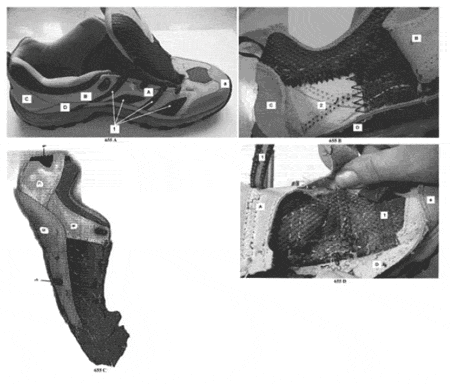
COMMISSION IMPLEMENTING REGULATION (EU) No 757/2011of 27 July 2011 concerning the classification of certain goods in the Combined Nomenclature- "Official Journal of the European Union", No L 199/37 of 2.8.2011 - |
THE EUROPEAN COMMISSION,
Having regard to the Treaty on the Functioning of the European Union,
Having regard to Council Regulation (EEC) No 2658/87 of 23 July 1987 on the tariff and statistical nomenclature and on the Common Customs Tariff(1), and in particular Article 9(1)(a) thereof,
____________
(1) OJ L 256, 7.9.1987, p. 1.
Whereas:
(1) In order to ensure uniform application of the Combined Nomenclature annexed to Regulation (EEC) No 2658/87, it is necessary to adopt measures concerning the classifi-cation of the goods referred to in the Annex to this Regulation.
(2) Regulation (EEC) No 2658/87 has laid down the general rules for the interpretation of the Combined Nomenclature. Those rules apply also to any other nomenclature which is wholly or partly based on it or which adds any additional subdivision to it and which is established by specific provisions of the Union, with a view to the application of tariff and other measures relating to trade in goods.
(3) Pursuant to those general rules, the goods described in column (1) of the table set out in the Annex should be classified under the CN code indicated in column (2), by virtue of the reasons set out in column (3) of that table.
(4) It is appropriate to provide that binding tariff information which has been issued by the customs authorities of Member States in respect of the classification of goods in the Combined Nomenclature but which is not in accordance with this Regulation can, for a period of 3 months, continue to be invoked by the holder, pursuant to Article 12(6) of Council Regulation (EEC) No 2913/92 of 12 October 1992 establishing the Community Customs Code(2).
(5) The Customs Code Committee has not issued an opinion within the time limit set by its Chairman,
_____________
(2) OJ L 302, 19.10.1992, p. 1.
HAS ADOPTED THIS REGULATION:
Article 1
The goods described in column (1) of the table set out in the Annex shall be classified within the Combined Nomenclature under the CN code indicated in column (2) of that table.
Article 2
Binding tariff information issued by the customs authorities of Member States, which is not in accordance with this Regulation, can continue to be invoked for a period of 3 months pursuant to Article 12(6) of Regulation (EEC) No 2913/92.
Article 3
This Regulation shall enter into force on the 20th day following its publication in the Official Journal of the European Union.
This Regulation shall be binding in its entirety and directly applicable in all Member States.
Done at Brussels, 27 July 2011.
For the Commission,
On behalf of the President,
Algirdas ŠEMETA
Member of the Commission
ANNEX
Description of the goods |
Classification |
Reasons |
(1) |
(2) |
(3) |
Footwear not covering the ankle and not identifiable as men's or women's footwear, with insoles of a length of more than 24 cm. In the front of the shoe a piece of grey plastic [a (*)] is covering the grey textile material underneath. On both sides of the shoe pieces of grey leather [A (*)] are attached to the textile material and, on top of the leather/grey textile material, four vertical straps of textile [1 (*)] have been added, as well (see photos Nos 655 A and 655 D). In addition one textile strap is attached as a loop to the textile material at the heel of the footwear. (training shoe) (see photos Nos 655 A, 655 B, 655 C and 655 D) (**)
|
6404 11 00 |
Classification is determined by General Rules 1 and 6 for the interpretation of the Combined Nomenclature, Note 4(a)(b) to Chapter 64 of the Combined Nomenclature, Additional Note 1 to Chapter 64 and the wording of CN codes 6404 and 6404 11 00. After removal of the abovementioned reinforcements and accessories (see photo No 655 C) the grey textile materials have a greater external surface area than the other materials [B, C, D, b (*)] identified above as constituent materials of the upper and, therefore, the footwear is considered to have an upper of textile materials within the meaning of Note 4(a) to Chapter 64. The part of the sole in contact with the ground is of rubber within the meaning of Note 4(b) to Chapter 64. Thus, the footwear has an outer sole of rubber. |
(*) The number/letter refers to the numbers/letters in the photos. |
||
